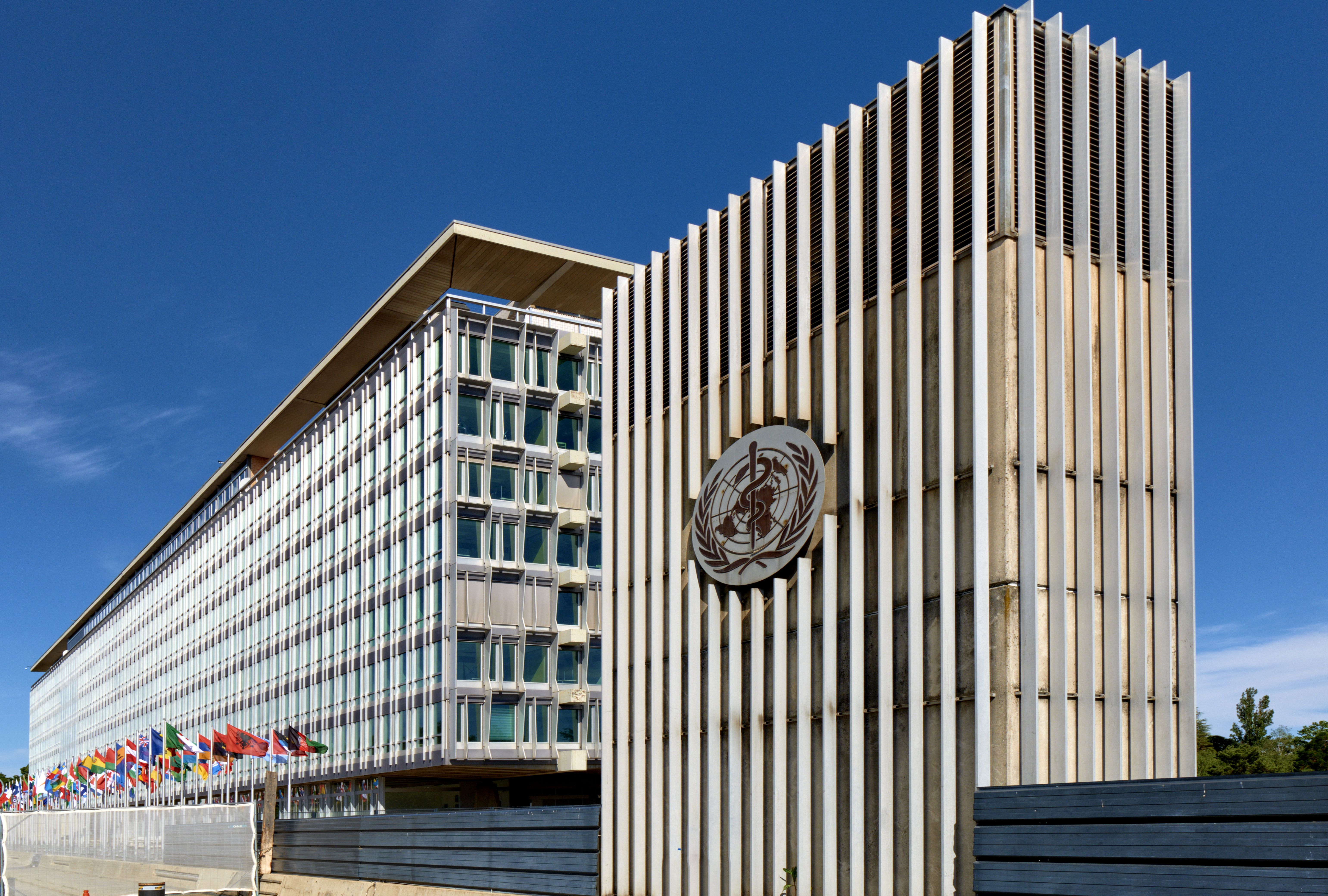Article
OOP Orphan Drug Spending Rising Higher for Children Than Adults
Author(s):
Orphan drug spending to treat rare conditions in children is increasingly burdening payers and families, a recent study said.
Driven by price growth, orphan drugs accounted for 1 in every 15 private insurance dollars spent on children’s health care in the United States in 2018, according to a study published in Health Affairs.
Diseases are considered rare if they affect fewer than 200,000 Americans or if drug treatments are deemed insufficiently profitable to recover development costs. However, although most orphan drugs only have approved “orphan indications” to treat rare diseases, about one-fifth have additional indications for common diseases.
It is already known that increasing orphan approvals and costly prices doubled US orphan drug spending doubled to $112 billion between 2009 and 2017; that is nearly a quarter of all prescription drug spending in 2017.
However, the researchers said they did not know if orphan drug spending has risen specifically among children, a population disproportionately affected by rare diseases.
This study examined private insurer payments and out-of-pocket (OOP) spending on 526 orphan drugs using the IBM MarketScan Commercial Database, which included data about the drug costs of 4.4 to 5.8 million children age 17 and under.
Among privately insured children, the proportion of inflation-adjusted total health care spending accounted for these drugs increased from 4.0% to 6.6% between 2013 and 2018.
This increase was largely fueled by price growth led by small-molecule drugs. Prices in that category soared 162% between 2013 and 2018, compared with 16% for biologics.
Three drugs approved for use as growth hormones accounted for more than 23% of all spending on orphan drugs for privately insured children. Although the 3 were originally developed for pediatric patients diagnosed with growth hormone deficiency, other research shows increasing off-label use.
Utilization of these drugs did not increase as dramatically, the authors said—over the 5-year period, there was scant change in the proportion of children taking orphan drugs.
But for families, about 1 in 8 paid more than $2000 a year in OOP costs in 2018—double the nearly 6% who spent that much in 2013.
Mean and median annual OOP spending for orphan drugs increased 78.4% from $486 in 2013 to $866 in 2018 and from $108 to $210, up 94.4%, respectively. Mean annual overall OOP spending increased more than 25% from $2331 to $2921.
“Findings demonstrate that pediatric orphan drug spending is increasingly burdening payers and families and suggest that payers should better protect families against the prices of orphan drugs by improving benefit design,” wrote the authors.
They also added that their findings illustrate “the importance of assessing their comparative effectiveness and cost-effectiveness.”
Reference
Chua KP, Conti RM. Trends In orphan drug spending and out-of-pocket spending among us children, 2013–18. Health Aff (Millwood). 2020;39(10). doi:10.1377/hlthaff.2020.00595




